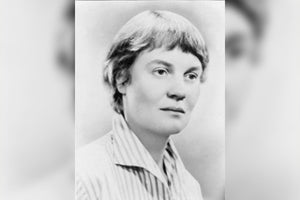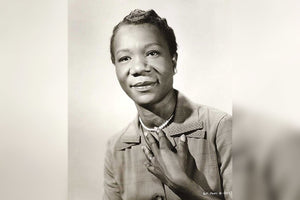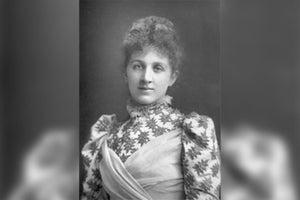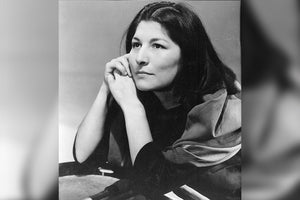Birthday: September 7, 1533
Who was Queen Elizabeth the First?
Queen Elizabeth the First was the Queen of England and was considered the country’s “Gloriana” as she remained unmarried and childless. She was the last monarch to come from the House of Tudor.
Five Facts About Queen Elizabeth the First
- She was never meant to be queen as her parents’ marriage was considered invalid.
- She was called the “Virgin Queen” because she remained unmarried and childless until her death.
- She was the last monarch to come from the House of Tudor.
- She was the only daughter of King Henry VIII with his second wife, Anne Boleyn.
- Her place in the line of succession was only restored when her last stepmother, Katherine Parr, intervened on her behalf.
Inspirational Quotes from Queen Elizabeth the First
“There is nothing about which I am more anxious than my country, and for its sake I am willing to die ten deaths, if that be possible.”
“I am already bound unto a husband, which is the kingdom of England.”
“Prosperity provideth, but adversity proveth friends.”
Queen Elizabeth the First’s Biography
Early Life
Queen Elizabeth the First was born on September 7, 1533, to parents King Henry VIII and his second wife, Anne Boleyn. She was born in the Greenwich Palace and was named after her maternal and paternal grandmothers, Elizabeth Howard and Elizabeth of York, respectively.
Upon her birth, she became the heir presumptive to the throne of England, outranking her older half-sister, Mary, who lost her position in the line of succession due to her parents’ marriage being annulled.
She later suffered the same fate as her half-sister when her father had her mother, Anne Boleyn, beheaded on charges of treason and adultery. She was declared illegitimate when King Henry VIII declared his marriage to his second wife invalid.
During her childhood, she was brought up in a separate household in Hatfield, living in relative peace until her father’s death in 1547 and the question of succession began.
Husband and Children
Queen Elizabeth the First never married nor had children and has been widely known throughout history as England’s “Virgin Queen.” She dedicated her life to serving the throne and ruling over her people as the Queen of England.
Turning Point
Her younger half-brother, Edward VI, inherited the throne but the frail boy died in 1553 before he came of age. Upon their brother’s death, her half-sister Mary inherited the throne and was set on returning the country to the Roman Catholic faith.
This was met with resistance from the country’s Protestants, sparking rebellions that had the then Queen Mary suspecting her half-sister of treason.
After a failed rebellion by Sir Thomas Wyatt, the young Elizabeth was arrested and imprisoned in the Tower of London in 1554. No evidence was found to support her role in the rebellions and was released two months later but was watched closely at Woodstock.
Upon her sister’s death on November 17, 1558, she was crowned as the new Queen of England, with many celebrating her ascension to the throne.
Mission and Work
Her role as Queen during a time when kingdoms were ruled by kings was not easy. From the beginning, she made it clear that she intended to rule the kingdom of England and not simply in name.
She defied cultural norms as well as parliament laws by remaining unmarried and childless throughout her life – something unheard of during her time as Queen. As the Queen of England, her policies were considered moderate, a vastly different approach from that of her father and half-sister.
She ruled the English throne for 44 years, a noteworthy achievement considering the short reigns of her half-siblings.
Her reign was considered the golden age of England although several political conflicts and wars towards the end significantly affected her popularity as queen. Nevertheless, her achievements as the Queen of England were notable enough as many remember her reign as England’s golden age of progress.
Her efforts at shaping the Church of England, which she ruled as its Supreme Governor, were considered significant in shaping the country’s national identity, remaining as its main religion until today.
Death and Legacy
Although she remained quite healthy for most of her life, a series of deaths among people whom she considered friends contributed to her sudden plunge into a deep depression.
The death of the Countess of Nottingham was considered a major blow and this contributed to her catching an illness in March 1603 which eventually led to her death on March 24, 1603.
Queen Elizabeth the First remains as one of the most influential monarchs in history, with her country enjoying great progress during her reign as the Queen of England.
She was known to be a calm and collected leader, dedicating most of her life to serving the throne and her country.
![]() Fast Shipping
Fast Shipping![]() Subscribe to our Newsletter
Subscribe to our Newsletter![]() 🌟 New Global Competition 🌟
🌟 New Global Competition 🌟















